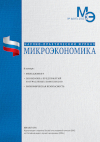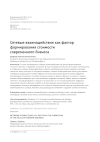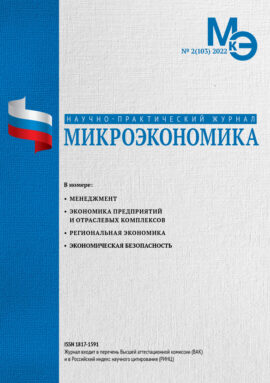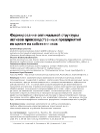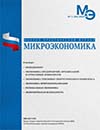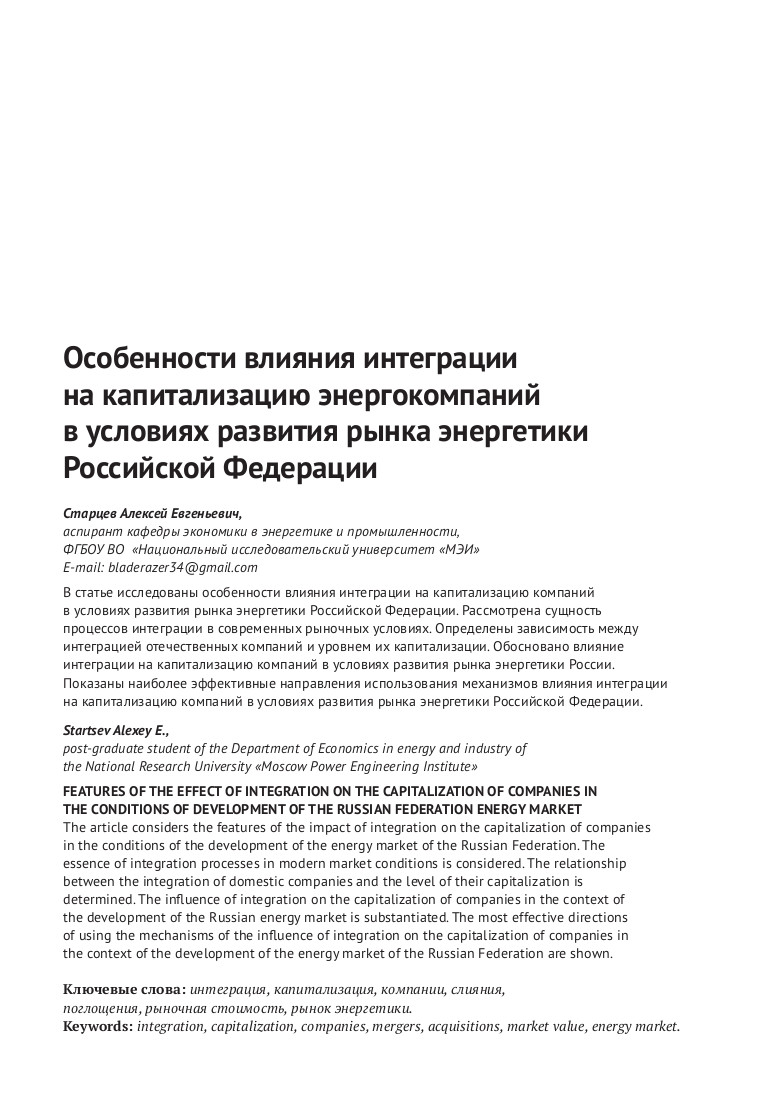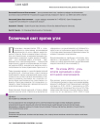Network interactions as a factor in the formation of the value of modern business
DOI: 10.33917/mic-6.107.2022.32-42
The article analyzes network interactions as a factor in the formation of business value in the digital economy. In the course of the study, the author analyzes the advantages and features of network interactions within platform business models and business ecosystems. The author comes to the following conclusions. Network interactions between platform participants produce network effects. Taking advantage of network effects is changing the way business value is created. Data is becoming the main asset that ensures the growth of the capitalization of digital companies. Links of the value chain are transformed into modules and embedded in networks. Under the influence of digital technologies, business value is created at all levels of the economic system (including the nanolevel), companies are turning from static hierarchical structures into dynamic networks of interconnected players, and the role of company management in creating business value is changing.
References:
1. Lenin V.I. Imperialism as the highest stage of capitalism. Full coll. op. Moscow: Publishing house of political literature, 1973. T. 27. pp. 299–426.
2. Galbraith J.K. New industrial society. Favorites. Moscow: Eksmo, 2008. 1200 p.
3. Best M. New competition. Institutes of industrial development. Moscow: TEIS, 2002. 356 p.
4. Porter M. Japanese economic model: Can Japan compete? / M. Porter, H. Takeuchi, M. Sakakibara; Per. from English. Moscow: Albina Business Books, 2005. 262 p.
5. Belyaeva I.Yu. Capital of financial and industrial corporate structures: theory and practice / I. Yu. Belyaeva, M. A. Eskindarov. Moscow: INFRA-M, 2001. 399 p.
6. Eskindarov M.A. Development of corporate relations in the modern Russian economy. Moscow: Respublika, 1999. 366 p.
7. Granovetter M. Economic Action and Social Structure: The Problem of Embeddedness // American Journal of Sociology. 1985;91. URL: https://www.jstor.org/stable/2780199?seq=1#page_scan_tab_contents
8. Granovetter M. Economic institutions as social constructors // Journal of sociology and social anthropology. 2004;8(1):77-80. (In Russ).
9. Ananyin O.I., Odintsova M.I. Methodology of economic science: modern problems and trends // Sources, Vol. 4. Moscow: IE RAN, 2000, pp. 135-136.
10. Williamson O.I. Economic Institutions of Capitalism: Firms, Markets, “Relational” Contracting / Scientific Editing and Introductory Article by V.S. Katkalo; per. from English. Yu.V. Blagov, V.S. Katkalo, D.S. Slavnova, Yu.V. Fedotova, N.N. Tsytovich. St. Petersburg: Lenizdat; CEV Press, 1996. 702 p.
11. Oleinik A. Model of network capitalism // Questions of Economics. 2003;8:132–149. (In Russ.).
12. New post-industrial wave of the West. Anthology / Ed. V.L. Inozemtseva. Moscow: Academia, 1999. 640 p.
13. Kats M.L. Network externalities, competition and compatibility / M.L. Katz, K. Shapiro // Milestones of economic thought. T. 5. Theory of industrial markets / Ed. A.G. Slutsky. St. Petersburg: School of Economics, 2003. pp. 500–535.


